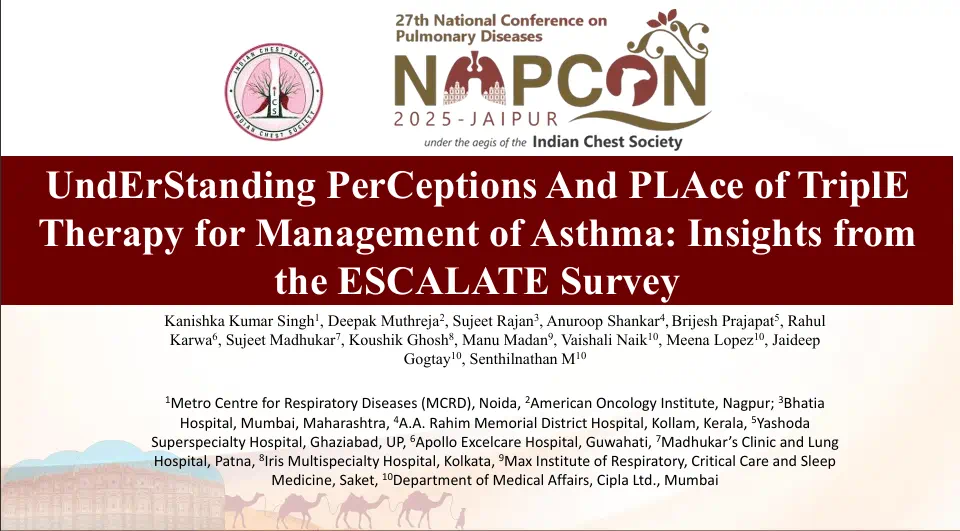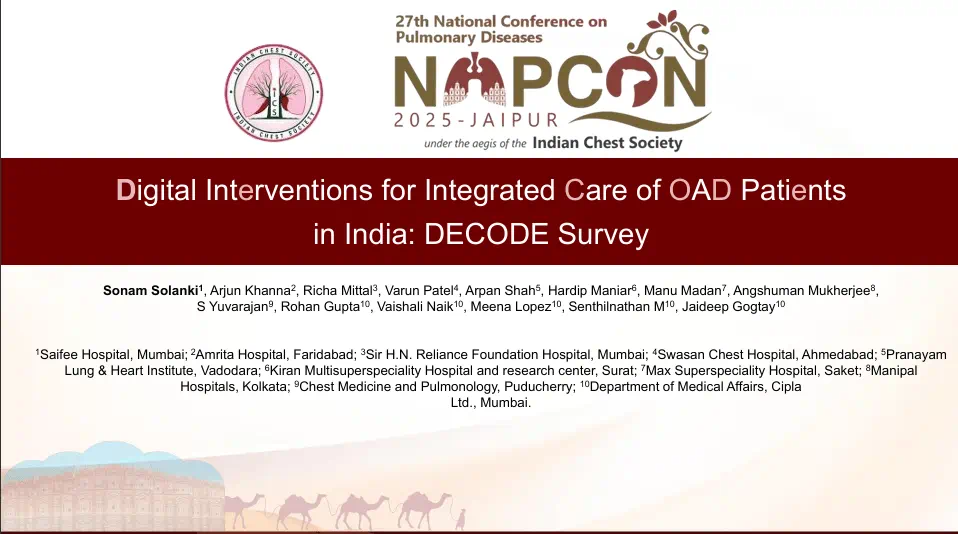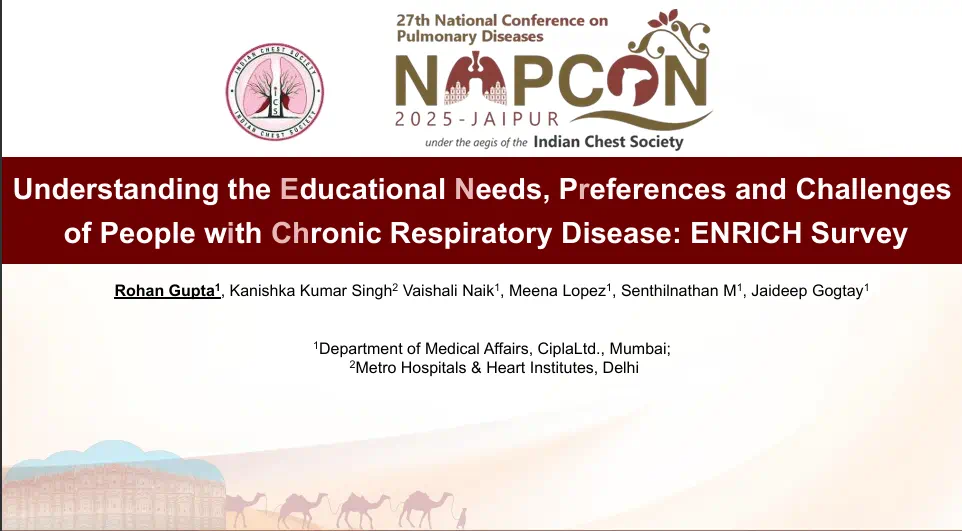Understanding the Perspectives and Expectations of Patients with Overactive Bladder
Introduction
Treatment of overactive bladder (OAB) can be very challenging. Various medical options are available but there is a poor patient adherence. Surgical options are usually reserved for refractory cases. Nowadays shared decision making (SDM) approach is used which involves a mutual discussion between the physician and the patient to identify the best option in terms of risk-benefit ratio and patient’s preferences. Treatment adherence can be improved with this approach. A growing interest to include patients’ perspectives in recommendations for disease management has prompted this review.
Aim
This systematic review investigates the current available knowledge regarding preferences and expectations of patients with OAB.
Method
Study Design
-
Systematic review to identify appropriate studies using 3 online databases – PubMed/Medline, Embase and Scopus
Evidence Acquisition
-
The review was performed using The Preferred Reporting Items for Systematic Reviews and Meta-analyses (PRISMA) statement guidelines
-
A combination of the following keywords was used: detrusor overactivity, overactive bladder, urinary incontinence, perspectives, expectations, and preferences
-
Several tools like questionnaires, oral interviews and DCE were used to evaluate the preferences and expectations of the patients
Evidence Synthesis
-
A total of 1349 studies were screened and 10 were included in the review
-
Four studies were related to the use of antimuscarinics; 4 studies included patients for and 1 study assessed the economic burden from the patients’ perspectives.
-
No data were found about diagnosis or other aspects of disease management
-
One study highlighted the difference between the perspectives of physician and patients. While the physicians are primarily focused on efficacy, patients are more concerned with the tolerability
-
Cognitive effects of antimuscarinics were the primary concern for the older patients
-
The patients prefer an oral treatment which reduces the urgency, frequency and incontinence episodes, with no cognitive effects and covered by medical insurance.
Conclusion
-
The patient-based approach with shared decision making can help the physicians in identifying the best treatment option after taking into consideration the patients’ preferences and perspectives.
-
From the patient's point of view, the ideal OAB medication should be cheap, effective in reducing daytime urinary frequency and incontinence episodes, without any risk of cognitive function impairment.
J Clin Med. 2023 Jan 4;12(2):396. Doi: 10.3390/jcm12020396.









